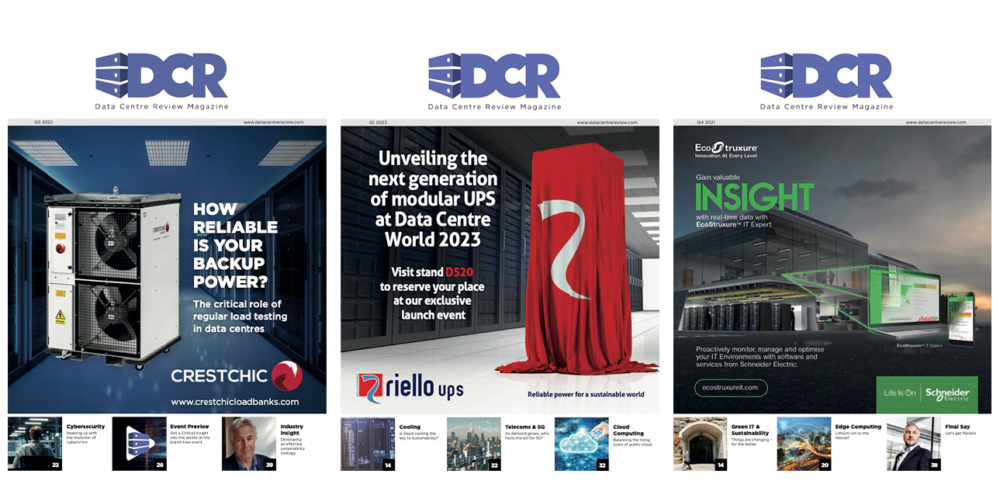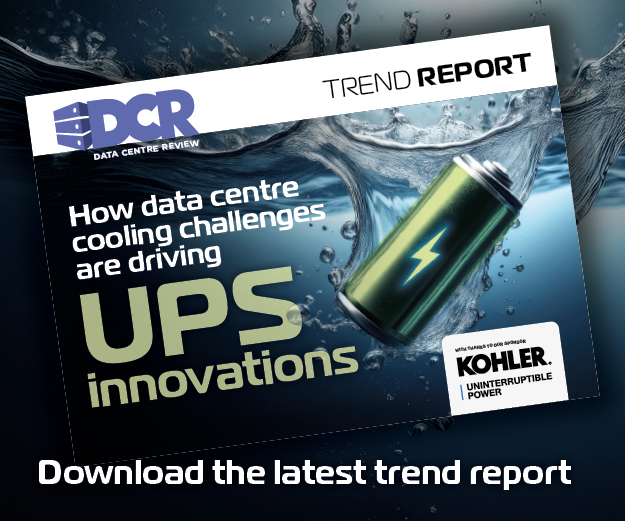Germany’s Energy Efficiency Act sets the tone for Europe, but without policy evolution and investment in heat networks, Alec Stewart, Partner at Cundall, warns high-performance computing could be pushed elsewhere.
Germany has long been a leader in environmental policy. A position it continues to maintain with the release of its Energy Efficiency Act (EnEfG) in early 2024. It sets out clear targets for data centres to cut emissions and accelerate the shift toward renewables. But over a year into its rollout, whilst suited for traditional air-cooled facilities, it may be missing the mark for the new breed of AI data centres.
As other countries look to Germany for policy leadership, what happens there is likely to affect the rest of Europe. How well this legislation balances ambition with feasibility must be examined if we are to get it right elsewhere.
The targets are clear
The EnEfG outlines structured requirements on how data centres are to be designed, built, and operated. Existing facilities (operational before July 1, 2026) must meet a PUE of 1.5 by July 2027 and 1.3 by 2030. New builds commencing after July 2026 must meet an annualised PUE of 1.2.
The Act also mandates heat reuse for facilities consuming over 2.5GWh annually. Those operational from July 1, 2026 must reach an energy reuse factor (ERF) of 10%, rising to 15% in 2027 and 20% in 2028. Exceptions are possible, like when local heat networks are unavailable or if municipalities commit to developing them within 10 years. However, operators are still required to install the necessary infrastructure.
While the policy reflects Germany’s ambition to be an environmental leader, it has shown it is willing to be flexible to acknowledge the constraints in achieving it. However, this flexibility doesn’t cover the new demands of high-performance computing, which are changing how data centres are designed and operated.
The pressure of AI
Since the large-scale use of generative AI emerged with ChatGPT in 2022, demand for AI-ready facilities has grown. The result is that data centres now need to accommodate higher compute density. We are seeing loads of 25kW as the new standard, with peaks reaching 75kW. Additionally, the halls themselves are scaling upwards, reaching 10MW capacity with configurations of 20×24 racks.
To manage this, liquid cooling is required. The challenge at present is that the hyperscale customers are not fully aligned with the technical water temperatures they require within their data halls. At the lower end, this is pushing facility chilled water temperatures down, which has an impact on chiller performance. This impact means that PUE metrics are starting to rise again rather than go down, as the targets require.
With air-based systems unable to cool the high-computing servers, liquid cooling is the only option to ensure performance is maintained, but this goes against remaining compliant.
What about the waste heat?
The Act’s ERF targets are also concerning. Although reusing heat to warm ancillary spaces or maintain generator components is feasible, this is a small fraction of the overall thermal load, and not close to the 20% the Act requires in 2028.
Transferring heat to local networks is often seen as the scalable solution, and we’ve seen the success of that in the Nordics and Poland. It can be a sustainable and economically attractive solution for data centre operators, reusing their heat and saving money whilst doing it. However, in practice, it is much harder to achieve and can’t be done everywhere. It relies heavily on third-party investment and has the existing infrastructure in place.
Whilst the Act does highlight that exemptions exist, these rely on the decisions of third parties or future municipal development. For a data centre operator, this puts them in a difficult position when planning a new build data centre, as they can’t be sure if the heat reuse infrastructure will be in place by the time stated by the regulations.
Finding a balance
The industry shares the Act’s decarbonisation goals, and net zero carbon data centres are still a target for many operators. However, given the pace of change, meeting the goals of the current framework is proving to be technically and financially challenging. Germany is positioned to be a hub for data centres in Europe. Still, the demands for lower PUEs and higher ERF requirements pose challenges to bringing high-performance computing to the area.
To stay on track, the legislation needs to evolve with current demands. In addition, investment needs to be committed to regional heat networks so that the infrastructure is in place for these facilities to take advantage of. It comes down to collaboration. Data centre operators, designers, governments, and technology providers will need to collaborate to find realistic pathways to decarbonisation.
Germany has set a bold example, and as is often the case, will be a space other countries look for direction. The sector is watching the country right now to see how the next few years play out, and so if we are to succeed in reaching our net zero carbon targets, getting it right in Germany will be vital.



